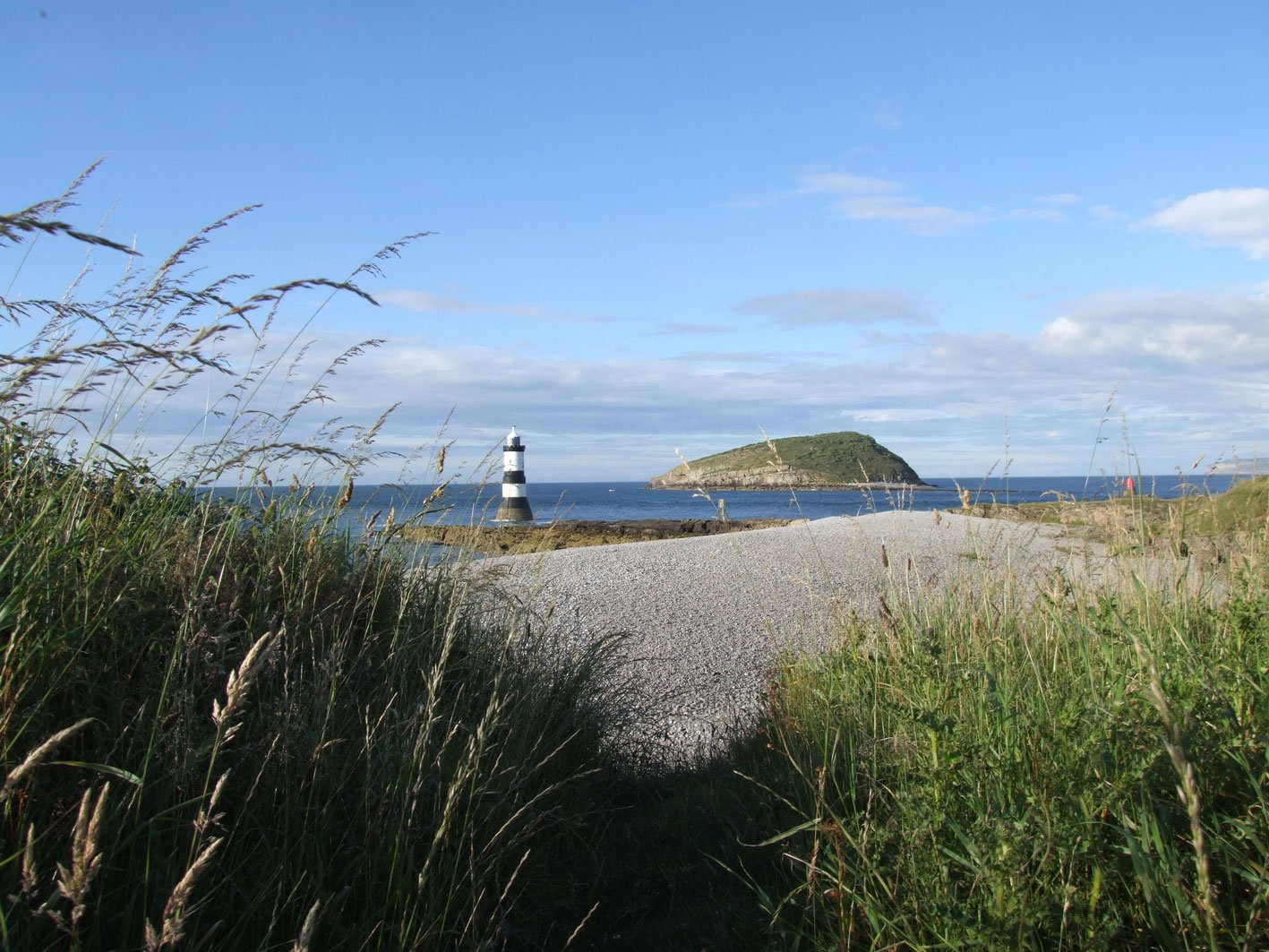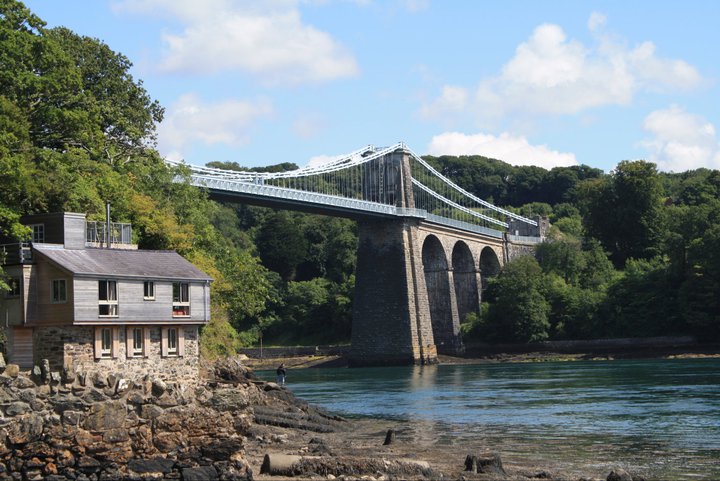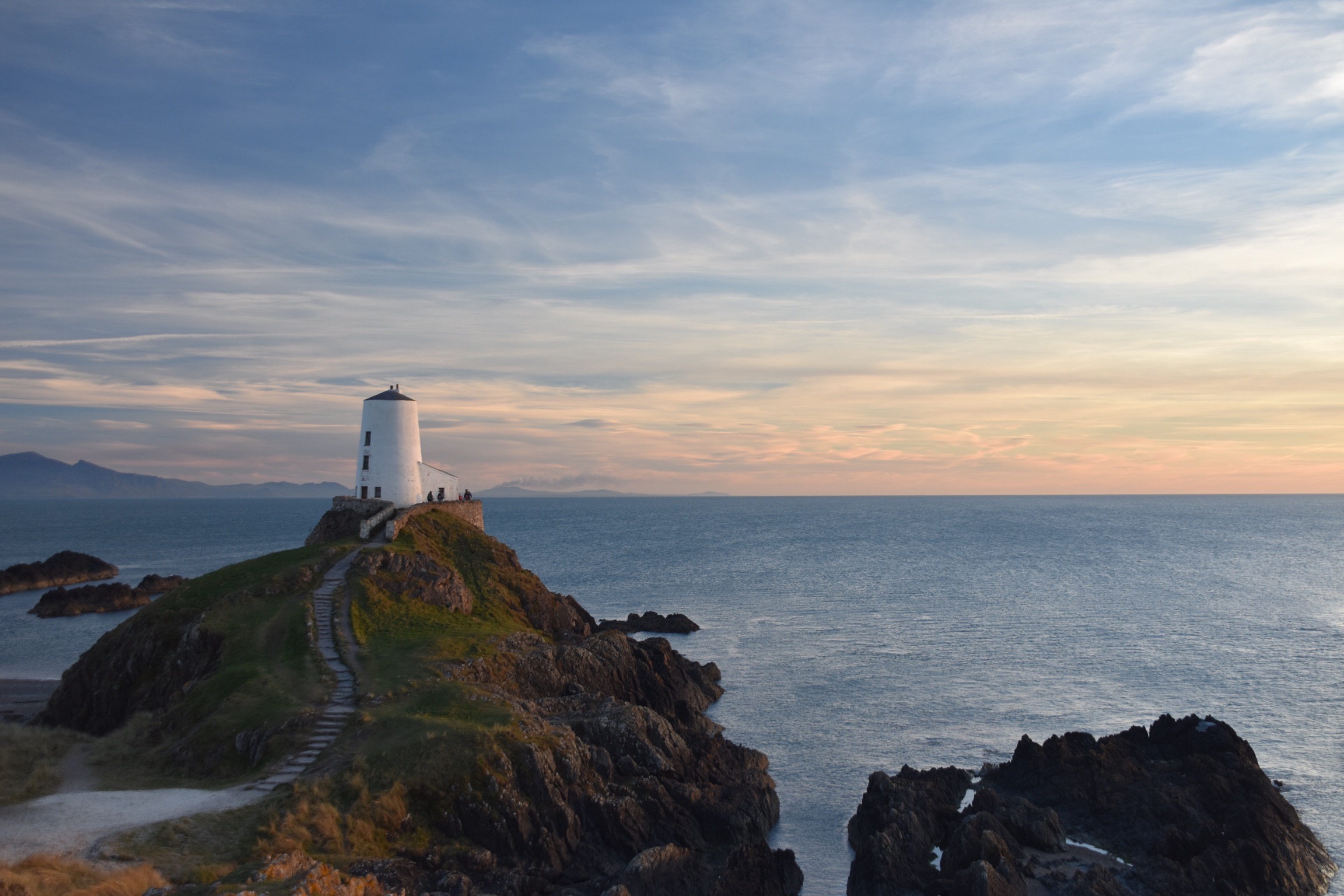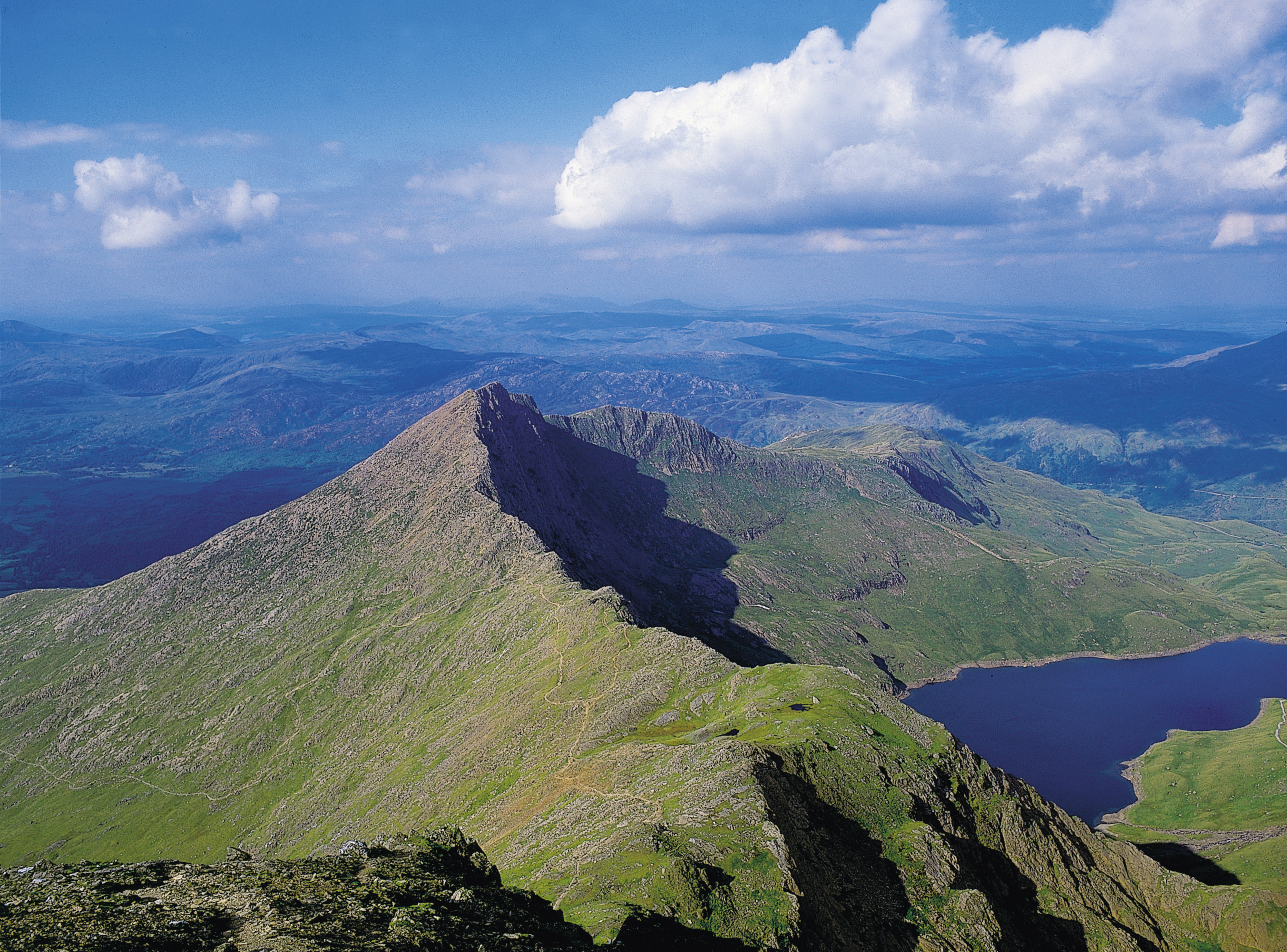Bangor and the area
Bangor University lies between the Menai Straits and Snowdonia National Park, in the county of Gwynedd, named after the last independent medieval kingdom. Geographically and culturally unique, this is probably one of the most beautiful university settings in all of Britain: the panoramic views of mountains, coastline and sea have inspired some of the most memorable poetry of the millennia.
Bangor is one of Britain’s smallest and oldest cities: its ancient roots reach back to the 6th century, when St Deiniol founded a monastery on the site of the current cathedral (Wales’ and Britains’ oldest). While Bangor’s rurality is meet for scholarly reflection, the city is well-connected to Britain’s major metropolitan centres, and has long been a strategic gateway to Ireland. The city claims Wales’ (and Britain’s) longest High Street, but more importantly its cultural diversity is manifested by the high profile of the Welsh language, spoken as a first language by the majority of the population of Gwynedd.
Bangor University rightly prides itself on the quality and scope of its Welsh-medium provision. Around 70% of university staff speak Welsh (many having learned the language here, taking advantage of the free tuition provided), and some 40% of all the third-level Welsh-medium teaching in Wales is performed here. The university’s language policy ensures that Welsh and English enjoy equal rights at all levels of administration and practice. Nearby Caernarfon, famous for the medieval castle of Edward I is, more importantly, an urban environment where some 80% of the population speak Welsh. A further indication of the vitality of Welsh in the area is the fact that Gwynedd County Council is surely the only unitary authority in the world which uses a Celtic tongue as its sole internal working language.
John Morris-Jones, one of the most important scholars and successful poets in Wales, was the first Professor of Welsh at Bangor, and one of his most famous students at the beginning of the twentieth century was Kate Roberts, the novelist and short-story writer commonly known as Brenhines ein Llên (the Queen of Literature). The centrality of creative writing at Bangor continues today: among the staff at the School of Welsh and Celtic Studies are some of the preeminent poets and novelists writing in the Welsh-language, whose critical and theoretical work is also of central importance.
Other academic Schools working in fields of relevance to wider Celtic Studies are the School of Music and Media, where students can study and research aspects of Welsh music from medieval times on; the School of History, Philosophy and Social Sciences, whose strengths include modern and medieval Welsh history, and Celtic Archaeology; and the School of Languages, Literatures and Linguistics, whose courses on Galician language and culture are of clear relevance to modern Celtic identities (Centre for Galician Studies in Wales)
Other Research Centres at Bangor University include the Centre for Arthurian Studies, the R.S. Thomas Study Centre, the Research Centre Wales, the Colclough Centre for the History and Culture of the Book, and the Institute for the Study of Welsh Estates.
Each of these Research Centres is associated with Academic Schools which offer a range of Undergraduate and Postgraduate courses associated with Celtic Studies:
BA courses include Welsh (and Celtic Studies) - Welsh for Beginners – Welsh History – Welsh History with Archaeology
MA courses include Welsh – Welsh/Celtic Studies – The Celts – Celtic Archaeology – Arthurian Studies – Medieval Studies – Welsh History – Translation Studies
PhD studies may be pursued in all relevant fields.

.jpg)
 SHOW C IWAN.jpg)


.jpg)

.jpg)







.JPG)